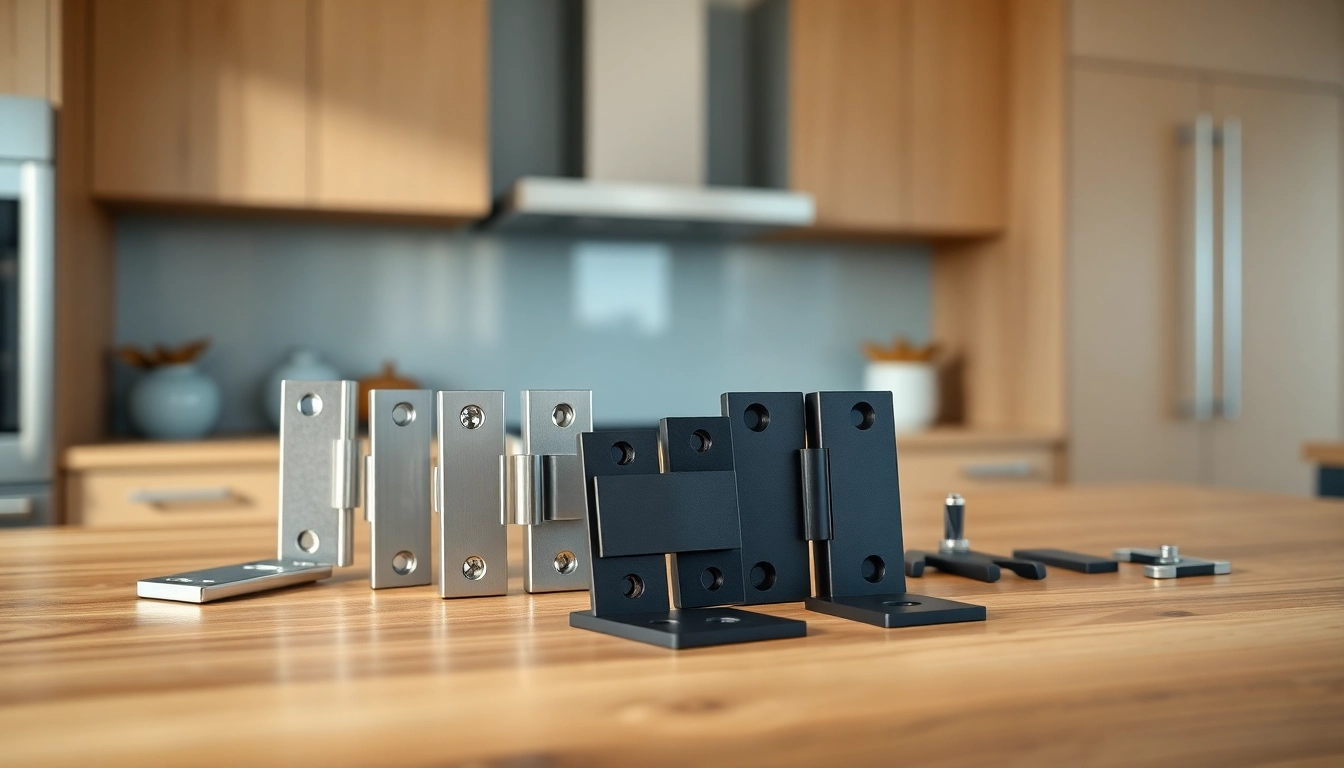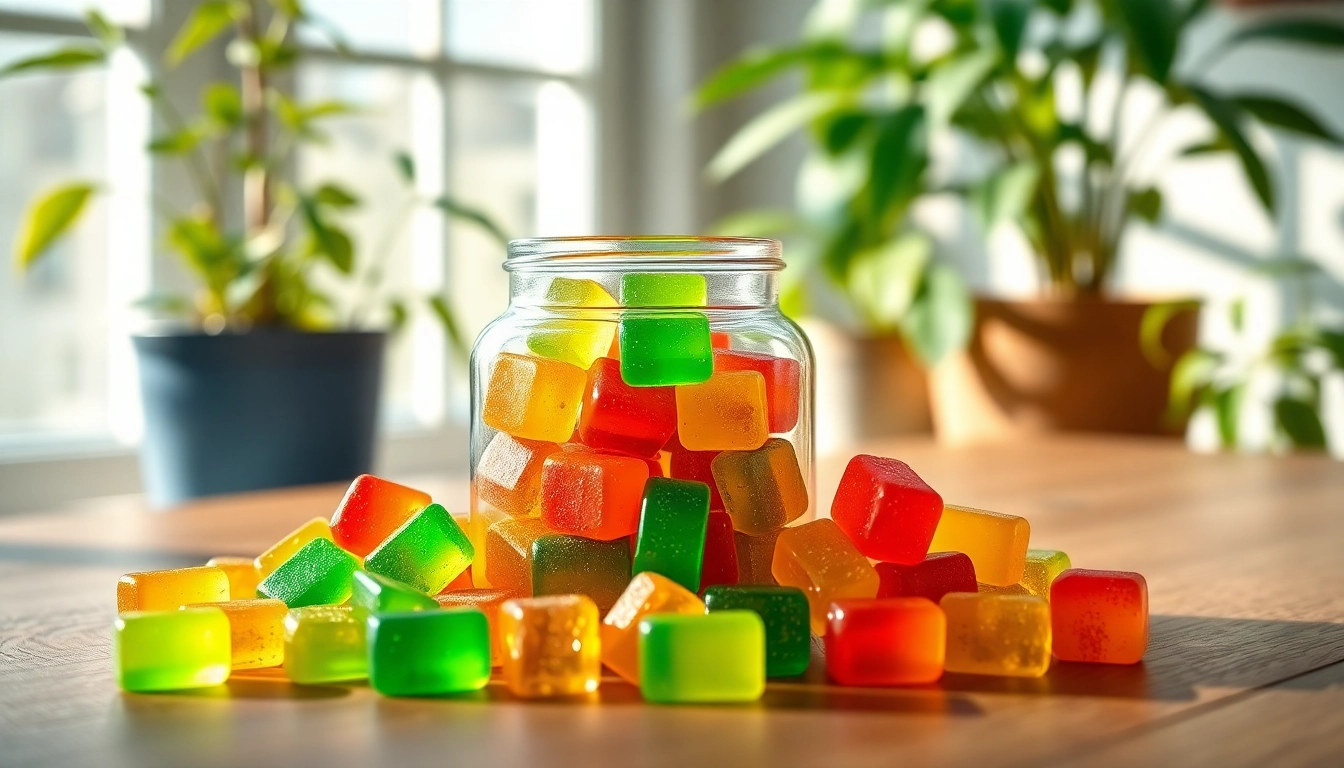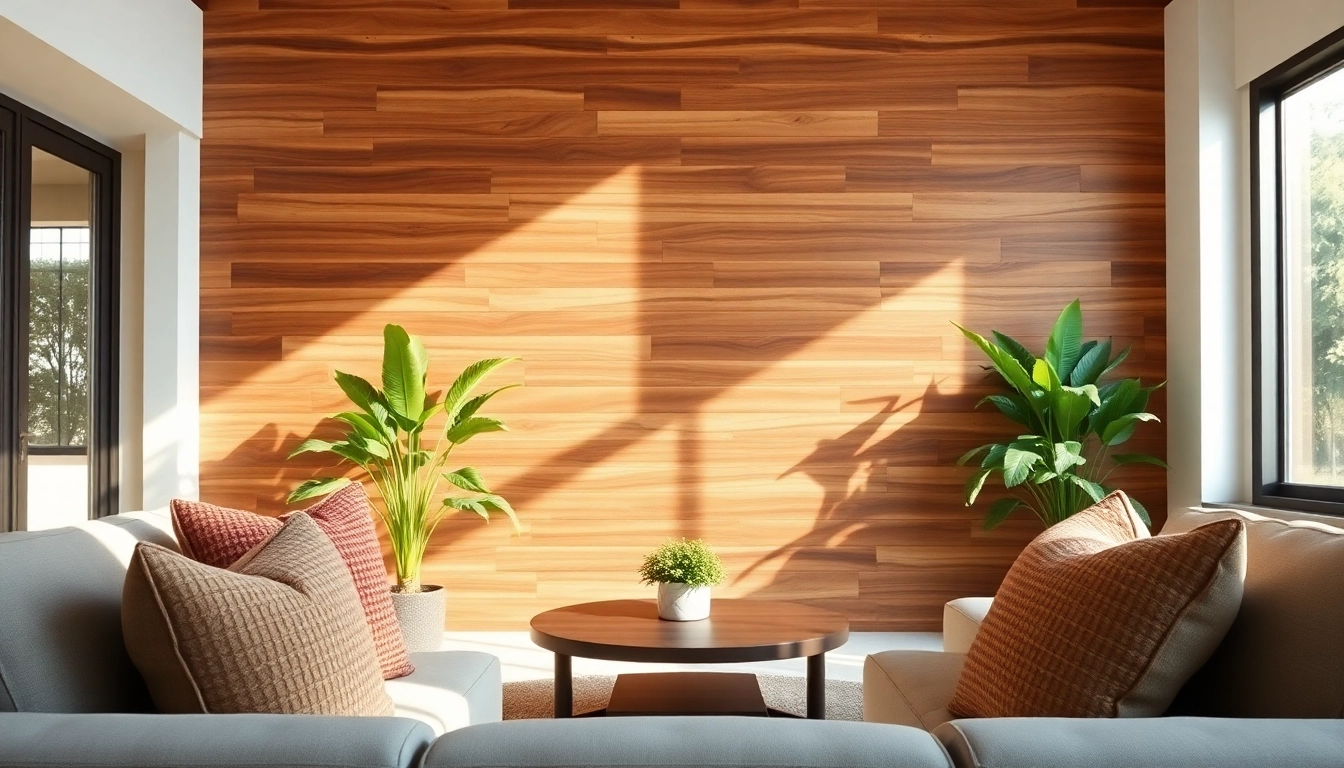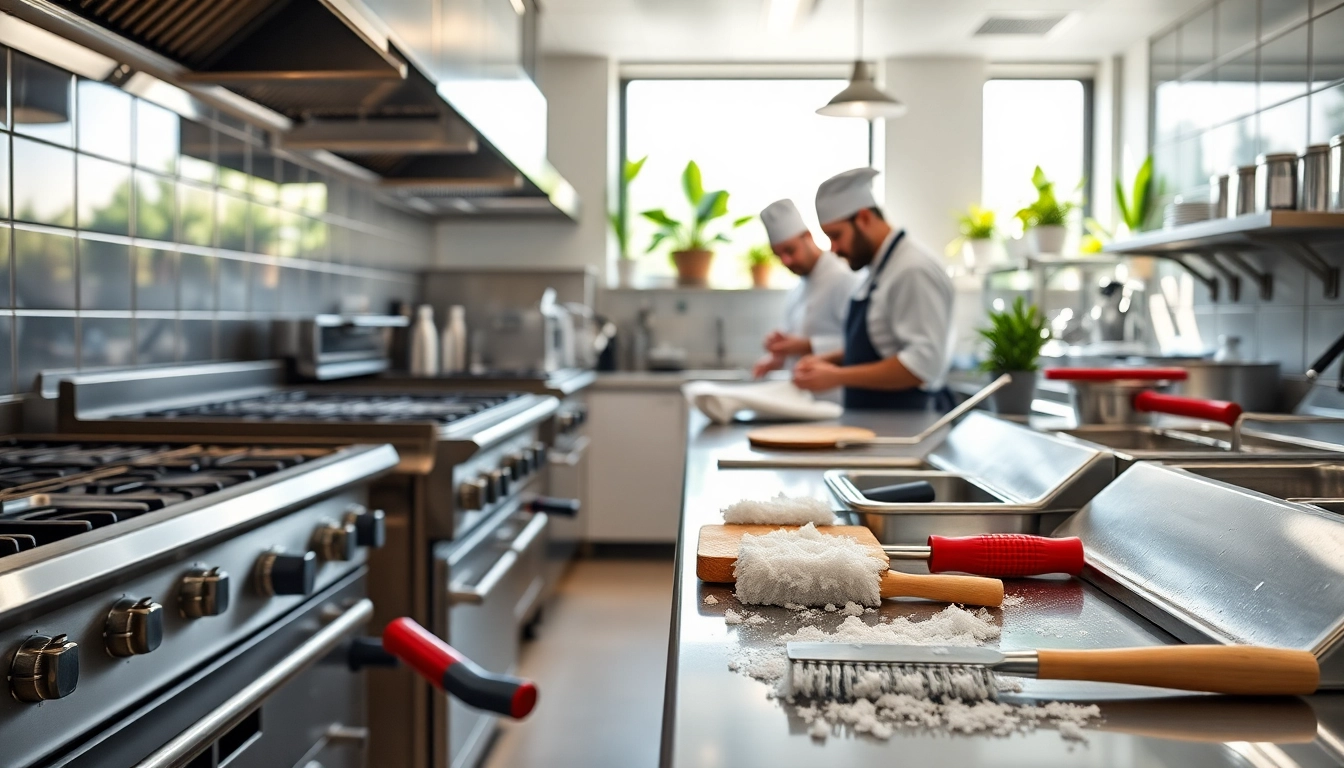Understanding Cabinet Hinges
Cabinet hinges are crucial components in cabinetry, playing a significant role in how cabinets operate and the overall aesthetic of the kitchen or furniture piece. A good quality hinge ensures durability, functionality, and seamless movement of doors. Whether you are refurbishing, replacing, or building cabinets from scratch, selecting the right cabinet hinge is essential. This article caters to all your needs regarding Cabinet Hinge Manufacturers and offers a comprehensive guide to understanding the different types of hinges, materials, and installation processes.
Types of Cabinet Hinges
There are several hinge types available in the market, each designed for specific functionalities and aesthetics. Understanding each type will help you make an informed decision based on your project needs.
- Concealed Hinges: Also known as European hinges, these are hidden inside the cabinet when closed. They allow for a clean door face and are adjustable.
- Surface Mount Hinges: These are installed on the surface of the door and frame. They are visible when the cabinet door is closed, providing a classic look.
- Butt Hinges: Ideal for heavy-duty applications, these are commonly used in cabinet doors and furniture. They are structured to endure heavy weight and provide smooth operation.
- Pivot Hinges: These allow doors to pivot from a fixed point, commonly seen in corner cabinets.
- Soft-Close Hinges: These include a mechanism to slow down the door as it closes, preventing slamming and providing a quieter operation.
Materials and Finishes
Cabinet hinges are available in various materials and finishes, affecting not only their durability but also their visual appeal. Common materials include:
- Steel: Renowned for its strength and durability, steel hinges can be coated to resist rust.
- Brass: Typically used for high-end cabinetry, brass hinges offer elegance and durability.
- Plastic: A more cost-effective option, plastic hinges are lightweight and resistant to corrosion, though may lack durability.
- Stainless Steel: Known for its resistance to rust and corrosion, this material is suitable for humid environments, like kitchens and bathrooms.
How Cabinet Hinges Work
Cabinet hinges function through rotational movement, linking the cabinet door to the frame. Depending on the hinge type, the mechanism may allow various degrees of movement. For instance, concealed hinges are used in European cabinetry and provide a 90-degree opening with high adjustability. In contrast, surface-mounted butts and pivot hinges offer traditional functionality with varying movement degrees.
Choosing the Right Cabinet Hinge
Selecting the right cabinet hinge involves considering several crucial factors, including weight, style, and intended application. The choice of hinge can significantly affect both the efficiency and aesthetic of the cabinet.
Factors to Consider
When choosing cabinet hinges, take into account:
- Weight of the Door: Heavier doors necessitate more robust hinges, such as butt or pivot hinges, for better support and functionality.
- Door Overlay: Determine whether your cabinet features a full overlay, half overlay, or inset door. This influences the type and size of hinge you will need.
- Style Preferences: Consider the finish and style of the hinge. The right design will complement the aesthetics of your cabinets and overall decor.
- Frequency of Use: For cabinets that are frequently opened and closed, opt for soft-close or concealed hinges to enhance user experience.
- Durability: Look for hinges made from high-quality materials that can withstand repeated use over time, especially in heavy-use areas.
Common Applications
Cabinet hinges are employed in various applications ranging from kitchen cabinets to furniture. Key areas include:
- Kitchen and Bathroom Cabinets: Soft-close or concealed hinges are often used due to their functionality and quiet operation.
- Furniture: Butt hinges are commonly found in furniture pieces, such as desks or cabinets, where weight support is crucial.
- Office Settings: Pivot hinges are sometimes utilized for corner office cabinetry, allowing for efficient space usage.
How to Measure for Hinges
Correct measurement is essential when choosing cabinet hinges. Here’s a simple guide:
- Measure the width and height of the cabinet door.
- Check the overlay (how much the door covers the cabinet frame).
- Determine hinge placement according to the door style and function.
- Consult manufacturer specifications for hinge size recommendations.
Top Cabinet Hinge Manufacturers
Exploring leading cabinet hinge manufacturers can guide you toward quality products that suit your specific needs. Here’s a look at some prominent players in the industry:
Leading Brands in the Market
Multiple brands have established themselves as front-runners in the hinge manufacturing industry:
- Blum: Renowned for high-quality concealed hinges and advanced soft-close technologies.
- Amerock: Offers a wide variety of decorative and functional hinges, suitable for both contemporary and traditional styles.
- Grass: Specializes in European hinges, focusing on functionality and sleek design.
- Sugatsune: Known for innovative designs and functional hardware that merges modern aesthetics with high performance.
Innovative Products Overview
Innovation plays a significant role in the evolution of cabinet hinges. Certain products stand out:
- Smart Hinges: These connect with home automation systems to allow for hands-free access.
- Self-Closing Mechanisms: Brands are developing refinements to closing mechanisms, ensuring a smoother experience.
- Integrated Soft-Close Technology: This feature is increasingly incorporated into various hinge types to improve user experience.
Pricing Comparisons
The price of cabinet hinges can vary significantly based on material, brand, and design. Here’s a basic comparison:
- Standard butt hinges start around $3-$5 each.
- Soft-close and concealed hinges can range from $7-$20, depending on brand and features.
- High-end designer hinges can cost upwards of $30 each, particularly those made from brass or featuring unique designs.
Installation Tips and Best Practices
Proper installation of cabinet hinges is critical to ensure functionality and longevity. Follow these tips to achieve a successful installation.
Tools You’ll Need
Before beginning the installation, gather the following tools:
- Screwdriver (Phillips or flathead as required)
- Drill with a suitable drill bit for pilot holes
- Measuring tape
- Level for aligning doors
- Pencil for marking locations
- Wood glue (if necessary)
Step-by-Step Installation Guide
Follow this guide for a successful installation:
- Measure and mark the optimal position for the hinges on both the cabinet frame and the door.
- Drill pilot holes at the marked positions to prevent wood splitting.
- Align the hinges and attach them to the cabinets using the screws provided.
- Secure the door to the frame, ensuring it moves freely and aligns properly.
- Check the level and adjust if necessary before tightening screws fully.
Common Installation Mistakes to Avoid
To ensure the best results, be wary of these common mistakes:
- Not considering the overlay when measuring, leading to alignment issues.
- Using incorrect screws or failing to pre-drill holes, which can split the wood.
- Neglecting to check alignment before fully tightening the hinge screws.
- Forgetting to use a level, risking uneven doors or misaligned cabinetry.
Trends in Cabinet Hinge Design
The cabinet hinge industry evolves continuously, with trends that reflect both aesthetics and functionality.
Contemporary Designs
Current market favorites include sleek, minimalist designs that complement modern cabinetry. These hinges often feature concealed hardware, showcasing clean lines without visible components. Various finishes, including matte black and brushed nickel, are favored for their contemporary appeal.
Sustainable Practices in Manufacturing
As sustainability becomes increasingly important, many cabinet hinge manufacturers are adopting eco-friendly practices. This includes using recycled materials and implementing energy-efficient manufacturing processes to minimize environmental impact.
Future Innovations in Cabinet Hinges
Looking ahead, the industry is likely to see more smart hinges that integrate with home technology, ergonomic designs for enhanced user experience, and improved materials for greater longevity and durability. The ongoing demand for user-friendly, aesthetically pleasing products is driving innovation in this sector.















Leave a Reply